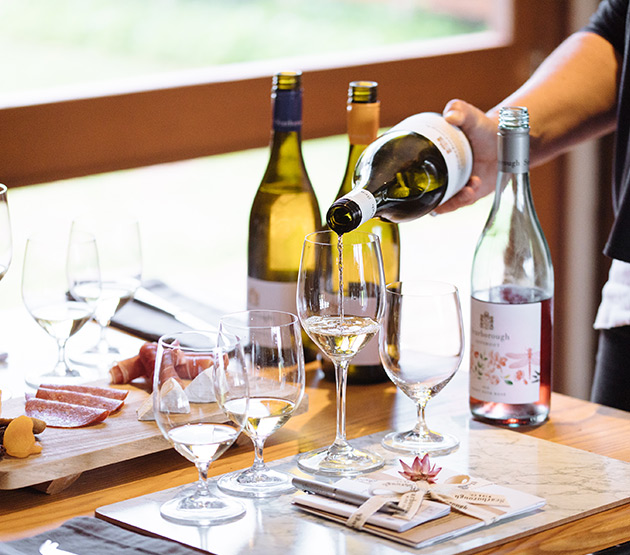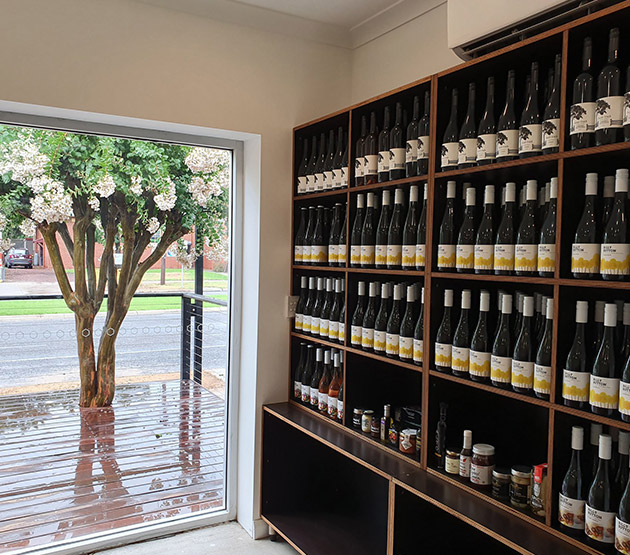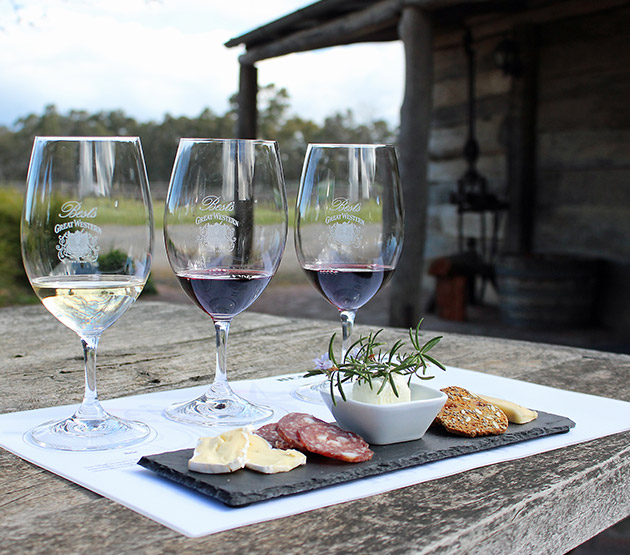As Australia’s COVID-19 restrictions start to ease and winery cellar doors plan their reopening strategies, it’s a good time to pause and reflect on the role cellar door plays in a winery’s sales and marketing mix. Wineries were forced to close earlier this year due to the global pandemic which in many states also coincided with vintage 2020. Many wineries were kept busy in the early days, either amongst the grapevines or in the winery making some great new wines to share with their customers in the future.
But as the pandemic got worse a new unchartered reality hit and government restrictions meant that guests were no longer able to be served. This not only restricted cashflow, but caused challenges for staffing and in many instances forced customers online as an alternative way of purchasing. It was a particularly painful blow for those brands who were trying to recover off the back of summer bushfires.
Cellar Door is a vital sales channel for many winery businesses; it’s also a critical marketing investment as visitors to Cellar Door often become the most loyal and valuable customers over their lifetime. According to research conducted by the University of South Australia on behalf of the Australian Wine and Grape Authority after cellar door visitation 54% of consumers bought wine from the winery they visited, purchasing 4.9 bottles on average within 6 months after the visit. The wines were mainly bought from large national liquor chain stores (33%), followed by 23% re-visiting the cellar door. The cellar door channel, together with the other direct-to-consumer (DTC) channels (mail order/wine club/online), collectively accounted for 31% of the purchases, thus sharply underlining their importance for wineries. These consumers are also a winery’s best (walking) advertisements as they often recommend good cellar door experiences to friends and family generating trust and word of mouth referrals.
As guests are slowly able to be welcomed once again into your cellar door, thinking about how you measure and track the effectiveness of your investment needs to be rethought. It’s an opportunity to rethink your approach and ensure that your cellar door channel is profitable. How then do you measure and improve not only your daily sales at Cellar Door but also your ongoing customer relationship to increase the effectiveness of your marketing investments? What are the KPIs of a Cellar Door?
Here are three reasons why you should measure this data.
1. To gain insights on which marketing dollars get the highest return
Let’s face it, cashflow is tight and there will be many competing interests of where you need to invest your marketing dollars. Each time you do invest you need to measure the effectiveness against the marketing goal, in this case how to drive visitors to cellar door. But if your staff are trained to think about some core metrics it can be a natural part of the conversation to gain some valuable customer insights from those who visit and this gives you the opportunity to reach other customers with more targeted information
Cellar Doors should track all of the following information:
- How many customers are coming in – platforms like Rezdy or Tock will help you manage visitation numbers to comply with social distancing regulations but also will give you some more information about the customers if you structure appropriately
- Where did the visitors hear of the Cellar Door? (accommodation referrals, other cellar door referrals, Google search, social media, tour groups, returning customer, etc.)
- How did the visitors arrive?
- Digital advertising / Groupon offers – how many visitors have come due to seeing an offer online? Have a way to track the effectiveness of this spend via codes
2. To align staff training to priorities
It is great to remind staff that whilst they are serving wine and storytelling and providing great local hospitality, the number one metric for a successful Cellar Door is the visitor conversion rate and this might not always occur on the day they visit. That is, are the visitors becoming longer term customers? We recommend that staff are educated or provided with a script to know how to follow up with a sale.
Where possible it’s also important to collect visitor’s email addresses to help build your email database. A great way to build your email list is to send an email receipt for the customer’s purchase if your point of sale system allows it. Other considerations to think about include whether the visitor made a purchase, joined a wine club, or with larger Cellar Doors, track each of these KPIs (key performance indicators) by staff member.
These email addresses are valuable – they’d cost you between $2-5 to acquire a new name online but the most valuable email conversions for future sales often comes from someone who has visited a cellar door. There’s also potential to think about a post visit email trigger to be sent to thank them for visiting and seek further feedback via review sites like TripAdvisor or Facebook.
When you have the data for a given week or weekend look at how it compares to the same time last year so you can draw conclusions on what initiatives are working.
Other key data to collect and look at regularly include:
- Number of people per day
- Number of purchases
- Total sales per day
- Average purchase (total sales / total people)
- Wine club sign-ups
3. To decide when to offer specials and deals
When you analyse the data, do you see a trend such as average sales being up (or dropping off) at a particular season or with a noted weather event? Is there a demographic pattern that you have picked up on?
This data can really help with decisions about when and to whom to make special offers and deals. The insights can be used to pre-plan for the season or following year, but also to react to the lower sales in the moment by triggering an email or telemarketing campaign to counteract the lower sales and hit the monthly target.
Many winery ecommerce systems like Commerce7, WithWine or WineDirect allow you to look at data year on year, in addition to your point of sale downloads. Even google analytics can give some useful data to consider in planning your marketing offers.
Finally, Wine Clubs have their own set of KPIs such as retention / attrition rate, average length of membership (club loyalty), customer satisfaction (how likely would they be to tell a friend about this Wine Club?), average annual purchases and average lifetime value. All these metrics allow you to better understand your members and therefore serve them better. Your Wine Club is not a ‘set and forget’ program but with data insights and a set of simple KPIs it can become the strongest sales channel for your wine business.
Where to go from here…
There are more KPIs that you can add to the mix, but what you measure very much has to align to what matters in your own business and where you are at in your direct to consumer sales journey. We appreciate that staff have a lot to contend with and service often comes first, but it’s a timely reminder to think about what you need to be measuring as you re-open as it could mean thinking the approach you adopt to ensure that you are in the most profitable position long term. To get the sales growth and improvements these data points should be brought together to give a complete picture of your direct-to-consumer operations.
Still confused? Give our team a call and we’d be happy to share some tips.










